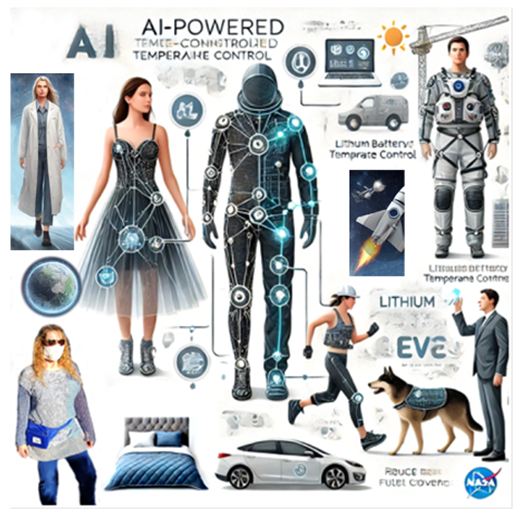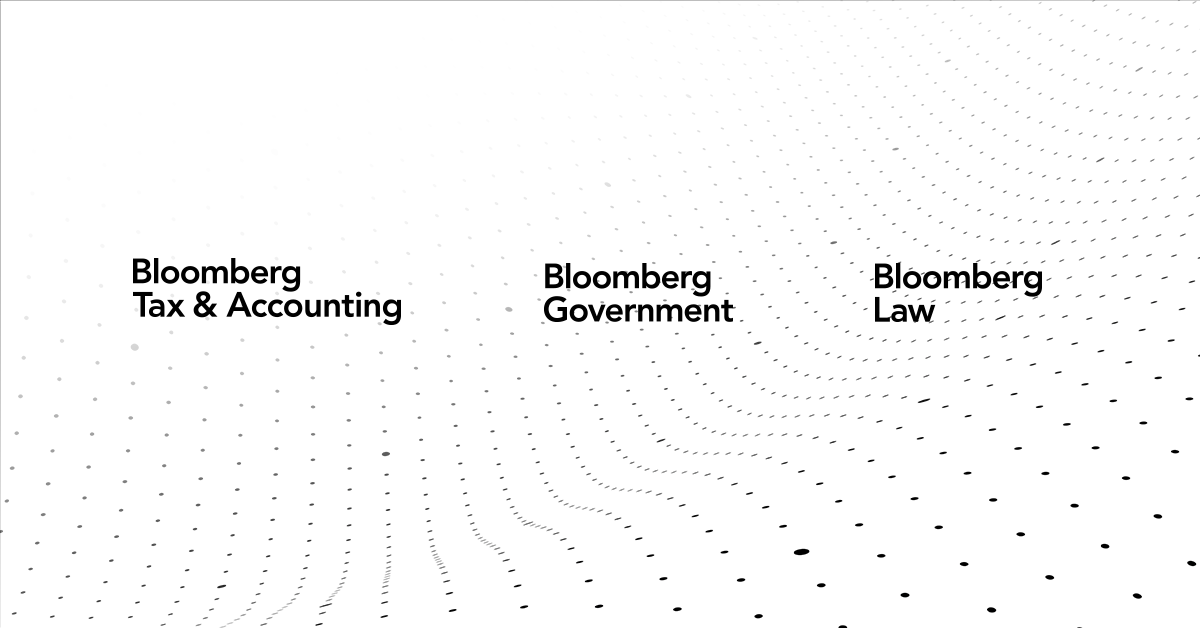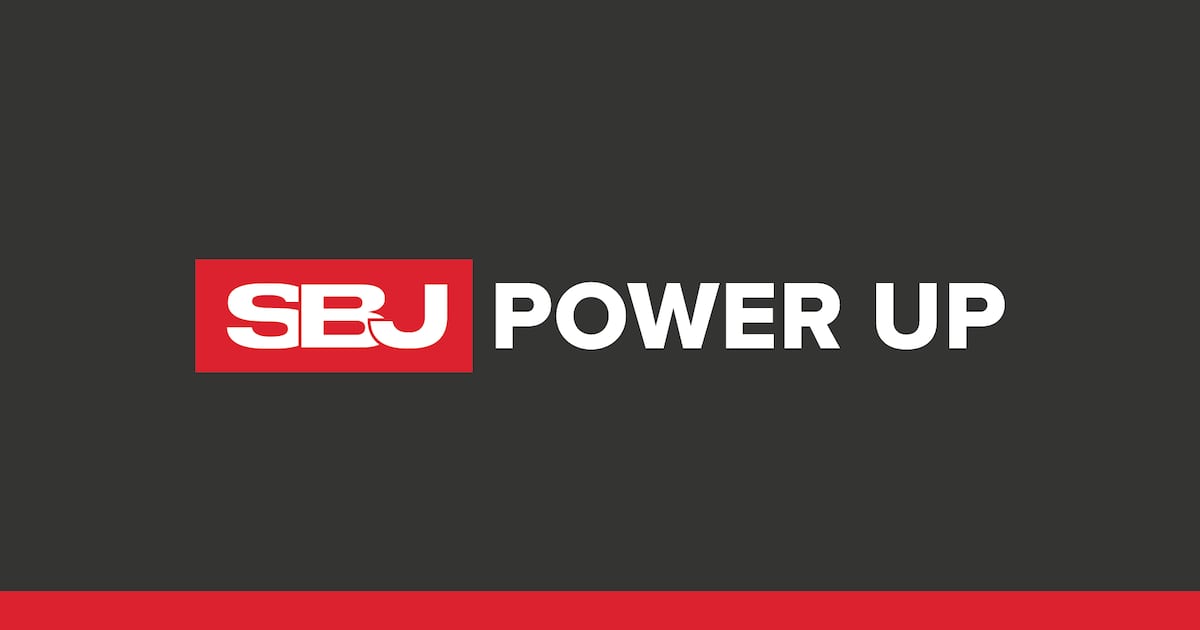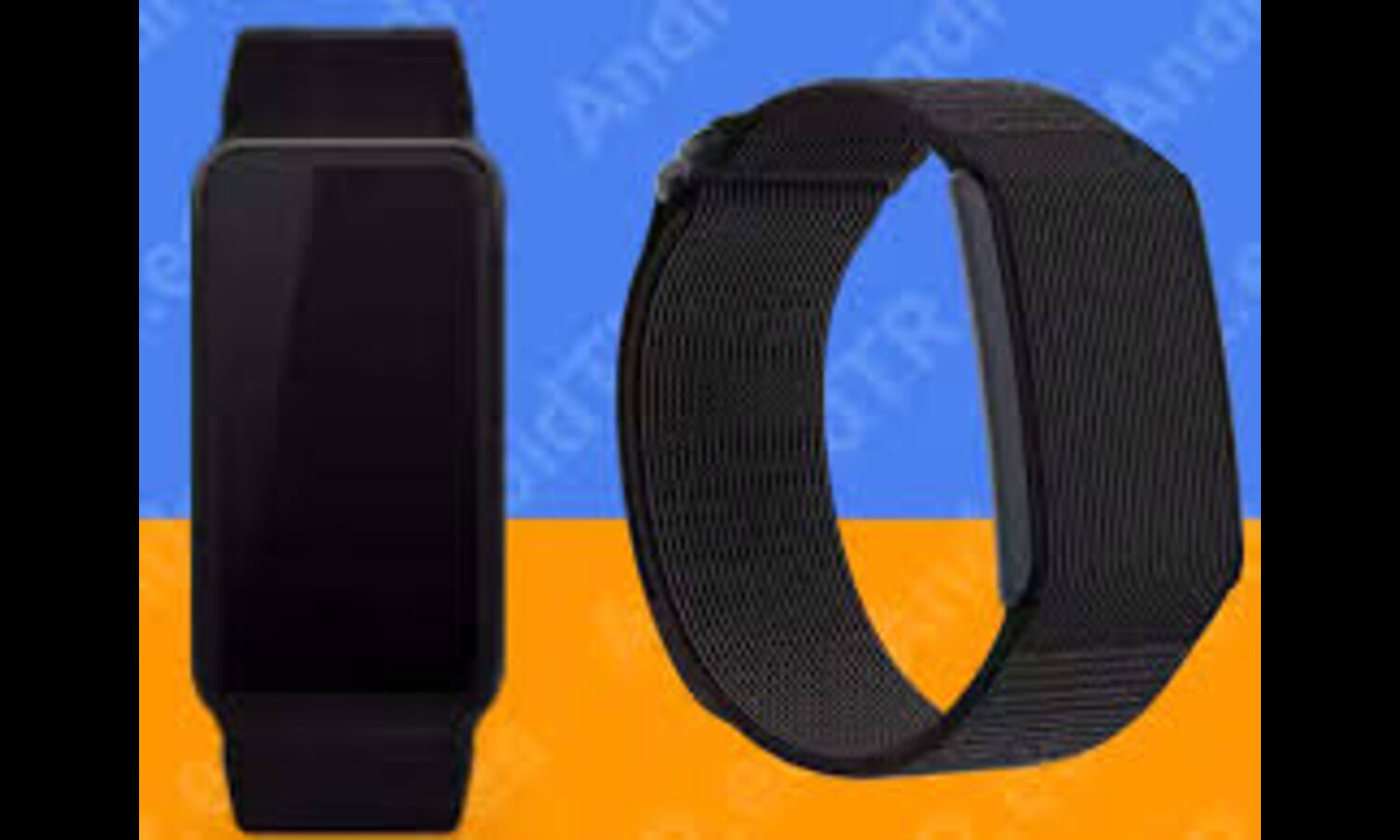Technology
CoolU WarmU AI Innovative Technology Worth Trillions
Revolutionary AI-Powered Thermo-Regulating Wearables Join the Legacy of Edison & Bell US Utility Patents: – Patent Number: US 11,800,941 – Patent Number: US 11,910,863 – PCT Registration: PCT# US24/18754 (Approved in 157 Countries in the World) Get the latest news delivered to your inbox Sign up for The Manila Times newsletters By signing up with […]


Revolutionary AI-Powered Thermo-Regulating Wearables Join the Legacy of Edison & Bell
US Utility Patents:
– Patent Number: US 11,800,941
– Patent Number: US 11,910,863
– PCT Registration: PCT# US24/18754 (Approved in 157 Countries in the World)
THE FUTURE OF PERSONAL TEMPERATURE CONTROL IS HERE

CARMEL BY THE SEA, Calif., May 22, 2025 (GLOBE NEWSWIRE) — CoolU WarmU, LLC proudly unveils the World’s Only US Utility Patented AI-powered Cooling and Warming Wearable Technology, transforming how individuals and professionals manage their body temperature. This Groundbreaking Technology allows users to set their preferred temperature in hours, minutes, and seconds-ensuring all-day comfort, Energy Efficiency, and personalized control in a variety of lifestyle and occupational scenarios.
$220 Trillion Global Economic Impact Over 10 Years
- Reduces the US National Debt by more than $24 trillion through domestic manufacturing, energy savings, job creation, and export revenue.
- Saves $64 trillion in energy costs for Data Centers globally by reducing the need for HVAC systems through personal wearable temperature control.
- Reduces strain on power grids and lowers household utility bills for consumers using the technology.
- Total Market opportunity based on adoption by 30-40% of the 8.2 billion global population.
Wearable Technology for All-Weather Environments
US Manufacturing of CoolU WarmU’s Innovative Technology supports American innovation and Energy Efficiency.
- Clothing and Footwear: Temperature-controlled dresses, suits, everyday wear, athletic wear, and sleep garments; athletic shoes, boots, casual and dress shoes.
- Face Masks: Equipped with 99.9% virus protection and AI-controlled air and temperature regulation.
- Bedding and Sleep Accessories: Cooling and warming pillows, mattress covers, blankets, comforters, and sheets-portable and designed for consistent comfort.
- Medical & Occupational Wear: Used by doctors, nurses, military, athletes, first responders, construction workers, and firefighters.
- Domestic Mammals (Pet Industry): Covers and bedding for dogs, horses, and other animals, ensuring comfort across climates.
- Everyday Wearables: Comfortable in most physical lifestyles.
Enhanced Comfort with Wireless Design
CoolU WarmU’s Innovative Technology ensures there are no wires touching the skin, creating a safer and more comfortable experience. Its fully wireless engineering eliminates irritation and enhances wearability across all body types and occupations.
Power Outage Resilience & Portability
All products are rechargeable via AV adapters in vehicles, allowing for full usability even during power outages or in off-grid settings.
Energy Efficiency Aligned with Global Innovation
- Uses pre-heated or pre-cooled water recirculated by an AI-controlled system.
- Maintains temperature using a thermos, AI thermostat, water pump, and battery kit.
- Proudly made in America and distributed worldwide.
Market Breakdown Supporting $220 Trillion Projection
- Military and Defense: 74 million users
- Medical and First Responders: 120 million
- Athletes & Active Lifestyle Consumers: 1.4 billion
- Construction and Outdoor Workers: 400 million
- Everyday Consumers: 2.5 billion
- Pet Industry: Hundreds of millions of animals
These projections are based on mass licensing agreements across sectors and a conservative 30-40% global adoption rate.
Only Non-Exclusive Licensing Agreements Available
CoolU WarmU’s Innovative Technology is ready for seamless integration into existing production systems:
- AI Functionality Kits available for investor licensing (disclosed post-NDA).
A New Legacy of Innovation
Following in the footsteps of Alexander Graham Bell and Thomas Edison, Brenda Simmons’ innovation is designed to help lifestyles in America and people all around the world-supporting health, comfort, and Energy Efficiency. It provides a revolutionary energy-saving solution throughout the globe.
Non-Exclusive Licensing Open
- Licensing window: May 21 to June 23, 2025
- US Utility Patent protection through 2040
- Companies that do not sign by the deadline must wait until 2035
- Licensing categories will be limited after initial sign-ups out of respect for early partners
JOIN THE FUTURE. HELP MILLIONS. DRIVE GLOBAL CHANGE.
CALL TO ACTION:
Manufacturers across the United States and around the globe are urged to act now. CoolU WarmU’s Innovative Technology is fully developed, protected, and ready for seamless integration into your product lines.
By signing a Non-Exclusive Licensing Agreement, manufacturers can:
- Lead the charge in wearable AI innovation
- Offer their customers advanced comfort and Energy Efficiency
- Contribute to America’s Manufacturing growth and Economic leadership
- Be among the first to bring this Revolutionary Technology to Market
The Future of 2025-And It Wears AI.
AI-powered wearables are seamlessly embedded in fashion by major clothing manufacturers, offering real-time, personalized cooling and warming apparel that not only looks great but actively enhances comfort throughout the day-whether outdoors, at work, or at home.
A photo accompanying this announcement is available at https://www.globenewswire.com/NewsRoom/AttachmentNg/c8a27e0a-350e-44b2-8501-d1137bf09da9

Technology
AMBelievable Could Revolutionize the Sport of Tennis – 3DPrint.com
When I first saw AMBelievable’s tennis racket dampener, I’ll be honest, I was skeptical. I was skeptical about its claims, questioned the product’s ability, and wondered what impact this technology could have. Well, two years later, I have completely changed my opinion and fully believe this technology can revolutionize the tennis world. AMBelievable’s Universal tennis racket dampener […]

When I first saw AMBelievable’s tennis racket dampener, I’ll be honest, I was skeptical. I was skeptical about its claims, questioned the product’s ability, and wondered what impact this technology could have.
Well, two years later, I have completely changed my opinion and fully believe this technology can revolutionize the tennis world.

AMBelievable’s Universal tennis racket dampener on a tennis racket.
AMBelievable is a startup from Torino, Italy, and was started in 2022. Its mission was simple: to use metamaterial technology to make tennis more enjoyable. And, after testing its product for three months now, I can attest that I am enjoying tennis more than I ever have.
AMBelievable’s dampener is made using selective laser sintering (SLS), a 3D printing process that fuses powdered TPU into precise shapes. What makes this so interesting is how they’ve used metamaterial-inspired lattice structures to control how the dampener responds to different vibrations. These internal geometries allow it to absorb specific frequencies while staying incredibly lightweight—something that simply couldn’t be done with traditional molding.
The technology is based on these metamaterial architectural structures, as seen below. They are designed to dissipate frequencies based on a player’s preference and give a person a truly customized feel. Additionally, they are not only tuned to a player’s “feel,” but are also designed to eliminate the vibrations associated with tennis elbow.

AMBelievable’s Metamaterial technology targets high, mid, and low frequency vibrations from the tennis racket.
HEAD acoustics, an independent lab, even corroborated AMBelievable’s claims with data from its own lab, and an interactive chart can be found on AMBelievable’s website for you to review the data yourself.

HEAD acoustic’s data from AMBelievable’s website shows the reduction of racket frame vibrations.
This is a large departure from traditional tennis racket dampeners that only target the mid (250-350 Hz) to high frequency (650-750 Hz) range produced by the strings, but leave the low frequencies (80-200 Hz) from the frame, which are linked to tennis elbow, unchecked.
I am excited to see where AMBelievable goes from here. While its CTO, Tomasso Becutti, sees their work staying in the sporting world and possibly venturing into other sports, I think meta materials like these have numerous applications outside that arena as well. Tomasso did mention Phononic-Vibes, another spin-off from the same parent company, which is exploring this technology for acoustic purposes. I think there are plenty of applications there too, like noise-cancelling headphones, soundproofing walls, and quieter car interiors.
I mean, imagine driving down the highway and not hearing the tires rolling down the road?! What bliss.

Simulation of the AMBelievable’s Universal tennis racket dampener.
Overall, I am extremely impressed by AMBelievable, and having the HEAD study quells my biggest criticism from my first article.
If you are interested in trying the dampener yourself, they are available for purchase on the AMBelievable website. I have been using the “Universal” model, but they also offer a “Tuned” model and can customize the dampener in the shape of a logo, too. However, be warned. Because once you try its dampener, you might ditch all your Agassi rubber band dampeners forever and become an AMBelievable like me.
Images courtesy of AMBelievable.
Subscribe to Our Email Newsletter
Stay up-to-date on all the latest news from the 3D printing industry and receive information and offers from third party vendors.
Upload your 3D Models and get them printed quickly and efficiently.


Technology
Mark Walter Is Creating a Sports Empire With $10 Billion Lakers
For just under $10 billion, private equity firm 3G Capital recently bought Skechers — an ascendant global footwear brand with $9 billion in annual sales and 20,000 employees spread across 5,300 stores. For the same sum, you could now buy the Los Angeles Lakers — a basketball team that generates an estimated $500 million a […]

For just under $10 billion, private equity firm 3G Capital recently
For the same sum, you could now buy the Los Angeles Lakers — a basketball team that generates an estimated $500 million a year, employs 1,000 people, and sells little more than TV rights, tickets, and dreams — plus a century of star-studded mystique.
That’s the
Technology
Meta and Oakley Unveil AI Smart Glasses for Athletes and Adventurers
Meta Platforms Inc. (NASDAQ: META) has partnered with Oakley to launch the Oakley Meta HSTN, a high-performance AI smart eyewear product blending advanced technology with athletic design. Targeting athletes and active users, the glasses feature Meta’s voice assistant, built-in camera, open-ear speakers, and IPX4 water resistance, making them ideal for outdoor and fitness-focused lifestyles. With […]

Meta Platforms Inc. (NASDAQ: META) has partnered with Oakley to launch the Oakley Meta HSTN, a high-performance AI smart eyewear product blending advanced technology with athletic design. Targeting athletes and active users, the glasses feature Meta’s voice assistant, built-in camera, open-ear speakers, and IPX4 water resistance, making them ideal for outdoor and fitness-focused lifestyles.
With up to eight hours of continuous use, fast charging, and a high-capacity charging case, the Oakley Meta HSTN is engineered for all-day endurance. Users can capture 3K video and access real-time information hands-free—like surf updates or wind conditions—without reaching for their phone.
This launch builds on Meta’s previous success with the Ray-Ban Meta Smart Glasses, created through its ongoing collaboration with eyewear giant EssilorLuxottica. While the Ray-Ban version catered to lifestyle use, the Oakley Meta HSTN focuses on performance, seamlessly integrating AI with sport.
A global marketing campaign will showcase the product’s capabilities through elite athletes like Kylian Mbappé and Patrick Mahomes, emphasizing how the eyewear merges digital insight with real-world action.
The Oakley Meta HSTN will be available for preorder on July 11 at $499, with a wider launch priced at $399 later this summer. Initial availability includes North America, Europe, and Australia, with planned expansions to India, Mexico, and the UAE—highlighting Meta’s growing push into global wearable tech markets.
By combining wearable AI with sports innovation, Meta continues to advance its position at the intersection of fitness, fashion, and smart technology, where eyewear not only looks sharp but functions as a digital companion.
Technology
Meta activates on new experiences with DAZN, Puma
Puma and Meta have collaborated on a new mixed reality shopping experience that is live in Meta Quest headsets now. The experience is accessible through the Meta Quest web browser WebXR (as opposed to a downloadable app) and will initially focus on Puma’s recently released All-Pro Nitro shoe. Within the browser, users can purchase the […]

Puma and Meta have collaborated on a new mixed reality shopping experience that is live in Meta Quest headsets now.
The experience is accessible through the Meta Quest web browser WebXR (as opposed to a downloadable app) and will initially focus on Puma’s recently released All-Pro Nitro shoe. Within the browser, users can purchase the sneaker as well as size their feet by placing their hand controllers at the tips of their toe and heel.
Ivan Dashkov, Puma’s Head/Emerging Marketing Tech, told SBJ that Puma and Meta believe this activation is the first shopping experience in WebXR.
“It’s a little bit of a demo,” he said. “[Meta] can showcase to other brands what they can do in these experiences.”
Meta’s Director of Engineering Mike Halloran called the project a “proof of concept for the broader retail industry,” in a note to SBJ.
“The ability to virtually size products, examine them in your own space, and customize them in real-time addresses some of the biggest pain points in online shopping,” he said. “We’ve been pleased with initial customer feedback from this new experience, and we’ll continue to innovate to make this a great mixed reality experience.”
Indeed, the foot sizing feature is the experience’s most innovative capability. Dashkov said it was born out of Puma’s e-commerce team reporting that customers often purchase multiple pairs of shoes, then return sizes that don’t fit.
“That’s been a little bit of a pain point for us,” Dashkov said. “We’re hoping this is accurate enough to reduce people’s need to buy multiple pairs of different size.”
Puma has invested in immersive methods of customer engagement in the past. In 2022, it launched a desktop-accessible metaverse retail platform called Blackstation, then expanded that in 2023, allowing users to explore virtual worlds and redeem digital collectibles for Puma sneakers. Puma also recently partnered with Manchester City and generative artificial intelligence provider DeepObjects on an AI jersey creation tool and fan contest.
In terms of its relationship with Meta, Puma was the first sportswear brand to integrate into Meta’s avatar store and last year staged a mixed-reality activation using Meta Quest headsets at store locations in Germany, during which users sampled various fitness experiences in a 2×2 meter space.
Dashkov said early returns on the WebXR shopping experience, which formally launched last week, have exceeded expectations in both number of visitors and time spent by those visitors. Projects like these are not yet viewed internally as a significant sales driver, he added, but more of a “test and learn” initiative that will make the business agile as headsets and smart glasses proliferate further. Meta already sells AI-enabled Ray-Bans, and Google is expected to release Android XR glasses that include Gemini AI features next year.
“A lot of people are predicting that [smart glasses] will eventually replace the smartphone in general, and people will have these kinds of glasses to interact with the world and interact with different brands and different websites,” he said. “For us, it’s future-proofing the company and getting ready for that future.”
Technology
Fitness Band from Amazfit May Launch Soon, Leaks Claim
The Amazfit Helio Strap, a new fitness-focused wearable, appears poised for launch after a series of online leaks and sightings in the official app. Social media posts and app-based discoveries have stirred buzz around the yet-to-be-released device. A recent Instagram interaction involving a HYROX athlete hinted at a June 24 release date. This aligns with […]

The Amazfit Helio Strap, a new fitness-focused wearable, appears poised for launch after a series of online leaks and sightings in the official app.
Social media posts and app-based discoveries have stirred buzz around the yet-to-be-released device. A recent Instagram interaction involving a HYROX athlete hinted at a June 24 release date. This aligns with earlier unofficial comments by an Amazfit team member on Reddit, suggesting a release was imminent.
The Helio Strap was previously listed—albeit prematurely—by a U.S. retailer, with a retail price of $79.99. Though no official pricing has surfaced for international markets, the U.S. figure provides early context.
The device is expected to support key wellness features, including monitoring for heart rate, sleep, and stress indicators. It may debut a new health metric feature, BioCharge, intended to gauge overall energy readiness. The wearable will reportedly sync with other Amazfit products and consolidate data in the Zepp app.
Physically, the Helio Strap is designed with a minimalist look, featuring a black band and a lightweight build of approximately 18 grams. Battery life is projected to last up to 10 days on a single charge.
Although Amazfit has not confirmed the official launch date or regions, the growing number of references suggests a formal announcement is imminent.
Technology
Sports Nutrition Market – A Deep Dive into Trends, Drivers, and Regional Outlook
Overview of Sports Nutrition Market The Global Sports Nutrition Market is valued at USD 48.62 Billion in 2024 and is projected to reach a value of USD 108.1 Billion by 2035 at a CAGR (Compound Annual Growth Rate) of 7.55% between 2025 and 2035, the sports nutrition market has witnessed remarkable growth in recent years, driven by […]

Overview of Sports Nutrition Market
The Global Sports Nutrition Market is valued at USD 48.62 Billion in 2024 and is projected to reach a value of USD 108.1 Billion by 2035 at a CAGR (Compound Annual Growth Rate) of 7.55% between 2025 and 2035, the sports nutrition market has witnessed remarkable growth in recent years, driven by a combination of rising health consciousness, increased participation in fitness activities, and the growing popularity of athletic lifestyles. Sports nutrition products ranging from protein powders and energy drinks to recovery supplements and functional foods are no longer confined to elite athletes but are now embraced by a broader demographic including fitness enthusiasts, casual gym-goers, and even the aging population seeking active lifestyles. A shift toward preventive health and performance enhancement, coupled with aggressive marketing and digital influence, continues to propel the market forward. Increasing disposable income, urbanization, and the expansion of e-commerce platforms also play a pivotal role in fueling demand. These underlying factors create a dynamic and competitive environment for brands aiming to meet evolving consumer expectations in the global sports nutrition industry.
Download Research Report Sample & TOC: https://www.vantagemarketresearch.com/sports-nutrition-market-1532/request-sample
Dynamics of the Sports Nutrition Market
The sports nutrition market is undergoing a dynamic transformation, influenced by a convergence of health trends, lifestyle changes, and advancements in product development. One of the most critical drivers is the widespread adoption of fitness regimes and wellness routines among consumers of all age groups. From professional athletes to corporate employees engaging in weekend workouts, the demand for energy boosters, protein-based supplements, and post-exercise recovery formulas is growing steadily. This evolution in consumer behavior has prompted manufacturers to diversify their portfolios with clean-label products, plant-based alternatives, and gender-specific formulations tailored to unique physiological needs.
Another key dynamic is the rapid digitalization of sales channels. With the growth of online fitness communities and health influencers, product discovery and consumer education have shifted to digital platforms. This has empowered consumers to make informed purchasing decisions while allowing brands to establish direct-to-consumer (DTC) relationships through e-commerce. Moreover, collaborations between nutrition companies and fitness centers, along with endorsements from professional athletes and fitness influencers, further boost market penetration and brand credibility.
Regulatory frameworks, especially those governing labeling, ingredients, and health claims, also significantly influence the market landscape. In regions like North America and Europe, compliance with food safety standards and health certifications remains a top priority for brands to establish trust and transparency. Meanwhile, emerging economies are showing a rapid uptrend due to increasing disposable income and awareness about physical health. Altogether, these factors are fostering a highly competitive and fast-paced market environment, where innovation and agility determine long-term success.
Top Trends in the Sports Nutrition Market
Several notable trends are reshaping the sports nutrition market, reflecting the evolving preferences of a health-conscious and digitally savvy consumer base. One of the most prominent trends is the surge in demand for plant-based and vegan sports nutrition products. With the rise of ethical consumption and dietary restrictions, consumers are shifting away from traditional whey proteins toward plant-derived options such as pea, rice, and hemp proteins. These products appeal not only to vegans but also to those seeking allergen-free and easily digestible alternatives.
Another significant trend is the development of personalized nutrition plans, which combine supplements with customized fitness and dietary recommendations. Brands are increasingly utilizing data from wearable devices, DNA testing, and mobile apps to offer tailored solutions that align with individual goals, metabolic needs, and performance metrics. This hyper-personalized approach enhances user engagement and promotes long-term brand loyalty.
The rise of clean-label formulations is also making waves, with consumers gravitating toward products free of artificial flavors, colors, preservatives, and genetically modified organisms (GMOs). Transparency in ingredient sourcing and sustainability are no longer optional—they are expected. Packaging innovation, especially eco-friendly and recyclable materials, is gaining traction alongside this shift.
Additionally, multifunctional products that combine hydration, energy, and muscle recovery benefits into one formula are becoming increasingly popular. This is particularly relevant in the post-pandemic era, where convenience and immune support are highly valued. Finally, digital fitness influencers and virtual workout platforms are significantly shaping consumer buying patterns, bridging the gap between product awareness and conversion.
List of Leading Players in Sports Nutrition Market
- Iovate Health Sciences
- Abbott
- Quest Nutrition
- PepsiCo
- Cliff Bar
- The Coca-Cola Company
- MusclePharm
- The Bountiful Company
- Post Holdings
- BA Sports Nutrition
- Cardiff Sports Nutrition
Top Report Findings
- The global sports nutrition market is projected to surpass USD 108.1 billion by 2035, growing at a CAGR of 7.55%.
- Protein powders dominate the product segment, accounting for over 40% of the market share.
- Plant-based and vegan products are witnessing the highest growth rate in the supplement category.
- North America holds the largest regional share due to a high concentration of fitness-conscious consumers and professional sports infrastructure.
- Online retail channels are growing faster than offline, with more than 60% of purchases influenced by digital reviews and influencers.
- Post-workout recovery supplements are emerging as a lucrative niche segment, especially among aging consumers.
- Sports nutrition brands are increasingly focusing on sustainability, including eco-friendly packaging and ethical ingredient sourcing.
- Strategic partnerships with gyms, fitness influencers, and sports organizations are becoming essential for market penetration and customer engagement.
Market Segmentation
The Sports Nutrition Market can be segmented based on,
By Product Type
- Sports Supplements
- Sports Drinks
- Sports Foods
- Meal Replacement Products
- Weight Loss Products
By Application
- Pre-Workout
- Post-Workout
- Weight Loss
- Others
By Formulation
- Tablets
- Capsules
- Powder
- Soft Gels
- Liquid
- Gummies
By Consumer Group
By Consumer Group by Activity
By Region
- North America
- Europe
- Asia Pacific
- Latin America
- Middle East & Africa
Challenges in the Sports Nutrition Market
Despite strong growth indicators, the sports nutrition market faces a range of challenges that can hinder its long-term sustainability. One of the key issues is regulatory inconsistency across regions. Differences in labeling requirements, permissible ingredients, and marketing claims can complicate international expansion for brands. Navigating these frameworks while maintaining product consistency is both time-consuming and costly.
Consumer skepticism regarding exaggerated claims and the presence of banned or unverified substances in some products also affects brand credibility. This concern is particularly acute in competitive sports where anti-doping regulations are stringent. Additionally, counterfeit products and adulterated supplements entering the market through unregulated online channels pose serious health risks and damage consumer trust.
Price sensitivity among certain demographics, particularly in emerging economies, can limit market penetration. While premium products may dominate headlines, affordability remains a crucial factor for mass adoption. The reliance on specific raw materials such as whey or collagen, which are subject to supply chain disruptions, also creates vulnerability in product availability and pricing. All these factors present hurdles that industry players must navigate carefully to ensure sustainable growth.
Opportunities in the Sports Nutrition Market
Amid the challenges, the sports nutrition market presents a wealth of opportunities, particularly in terms of innovation and market diversification. One of the most promising areas is the expansion into non-traditional consumer segments. Women, older adults, and adolescents are increasingly seeking performance-enhancing or wellness-oriented supplements, creating scope for specialized products that cater to their specific nutritional needs.
Another key opportunity lies in the synergy between technology and nutrition. The integration of AI and data analytics into health monitoring apps enables brands to deliver highly personalized nutrition plans, fostering deeper engagement and improved health outcomes. Subscription-based models that combine products with fitness coaching and meal planning are gaining traction, offering a holistic approach to health.
Geographical expansion into untapped markets such as Southeast Asia, Latin America, and the Middle East presents vast growth potential. As disposable incomes rise and awareness about fitness increases, these regions are expected to become hotspots for sports nutrition product consumption. Lastly, sustainability-driven innovations ranging from plant-based packaging to upcycled ingredients—offer brands a competitive edge while aligning with global environmental goals.
Soaring Demand for Market Information: Uncover Detailed Trends and Insights in Our Report! https://www.vantagemarketresearch.com/industry-report/sports-nutrition-market-1532
Key Questions Answered in the Sports Nutrition Market Report
- What is the current market size of the global sports nutrition industry?
- Which product segments are leading the sports nutrition market growth?
- How are plant-based and clean-label products influencing consumer buying behavior?
- What role does digital marketing and influencer endorsement play in the market?
- Which regulatory challenges do manufacturers face across different regions?
- How are technological innovations shaping personalized sports nutrition offerings?
- Who are the key players in the market and what strategies are they adopting?
- What is the growth potential of the sports nutrition market in North America?
Regional Analysis: North America
North America stands as the most mature and dominant region in the sports nutrition market, accounting for the largest share of global revenue. The U.S., in particular, serves as the epicenter of innovation, consumption, and marketing for sports nutrition products. This leadership position is fueled by a well-established fitness culture, extensive presence of health clubs, and a growing population that values preventive healthcare and performance enhancement.
Consumer awareness in North America is exceptionally high, thanks in part to widespread access to information, healthcare professionals, and fitness influencers who drive nutritional education and trends. The region’s regulatory framework, led by organizations such as the FDA, ensures high product quality and safety standards, thereby increasing consumer trust in supplements and performance foods.
E-commerce plays a vital role in this regional market, with many consumers preferring to purchase sports nutrition products through online platforms offering reviews, discounts, and subscription options. The popularity of endurance sports, CrossFit, HIIT, and professional bodybuilding has also created a consistent demand for products that support energy, stamina, muscle growth, and recovery.
Moreover, major players like Abbott, Glanbia, and PepsiCo-owned Gatorade continue to innovate and expand their offerings to suit the evolving needs of the market. From sports drinks with added electrolytes and immune support to gender-specific protein blends, the product ecosystem is vast and diverse. With an increasingly health-oriented population and continued product evolution, North America is set to maintain its leadership position in the global sports nutrition market in the years ahead.
-

 High School Sports2 weeks ago
High School Sports2 weeks agoParents Speak Out As Trans Pitcher Throws Shutout In MN State Quarterfinals
-

 Professional Sports2 weeks ago
Professional Sports2 weeks ago'I asked Anderson privately'… UFC legend retells secret sparring session between Jon Jones …
-

 Health2 weeks ago
Health2 weeks agoOregon track star wages legal battle against trans athlete policy after medal ceremony protest
-

 Professional Sports2 weeks ago
Professional Sports2 weeks agoUFC 316 star storms out of Media Day when asked about bitter feud with Rampage Jackson
-

 NIL3 weeks ago
NIL3 weeks agoNCAA Sends Clear Message About Athlete Pay and Roster Limits
-

 NIL3 weeks ago
NIL3 weeks agoMen's college basketball Top 25 reset
-

 Social Media3 weeks ago
Social Media3 weeks agoControversial Athletics Gender Dispute Goes Viral After Riley Gaines Lashes Over Authorities
-

 College Sports2 weeks ago
College Sports2 weeks agoOKC’s Mark Daigneault knows what it takes to win championships. His wife has won a ton of them
-

 Rec Sports3 weeks ago
Rec Sports3 weeks ago2x NBA All-Star Reacts to Viral LeBron James Statement
-

 Motorsports1 week ago
Motorsports1 week agoNASCAR Weekend Preview: Autódromo Hermanos Rodríguez































